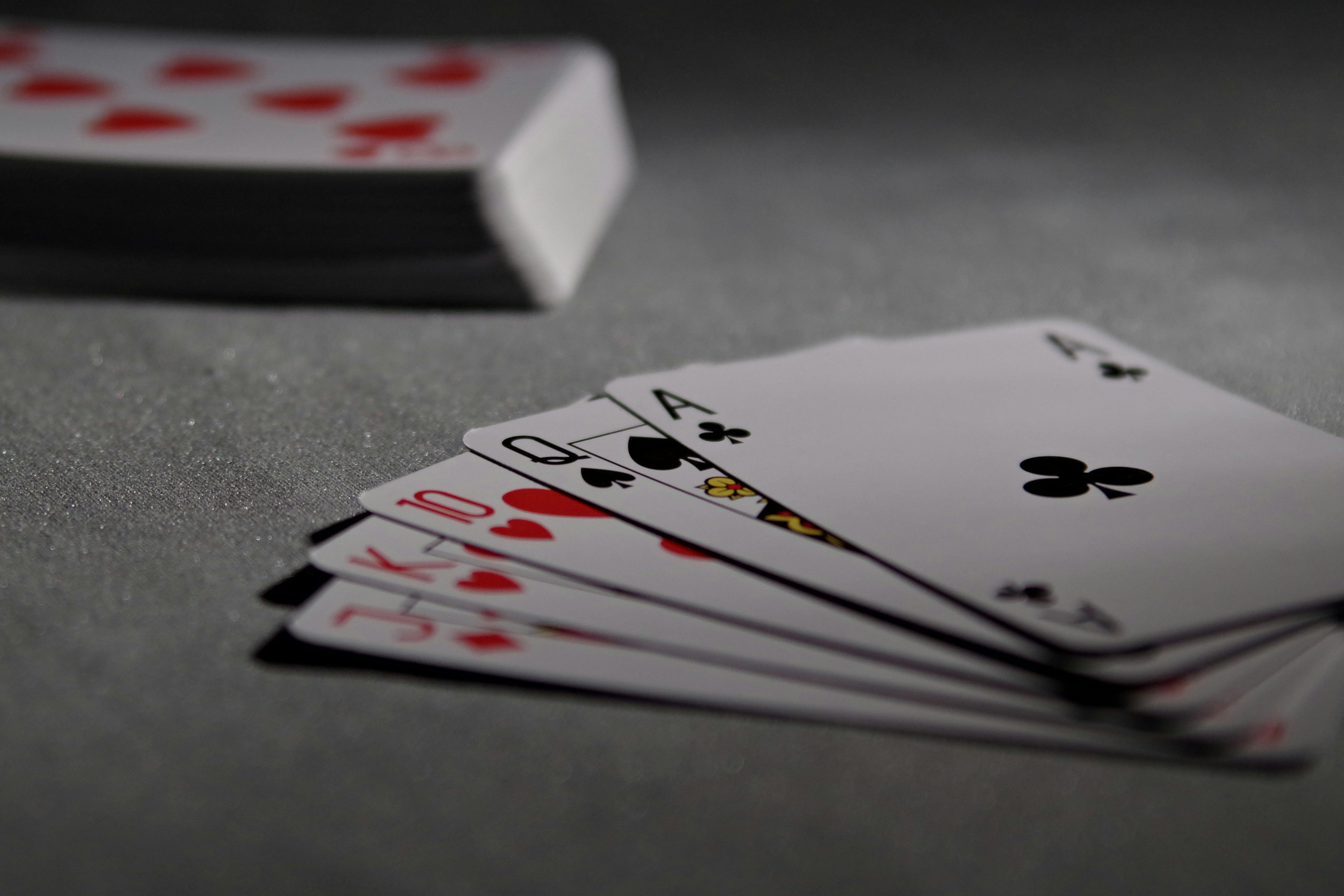Go Big or Fold Fast: Mastering the Thrill of Short Deck Poker
There are tons of different types of poker out there, but none are quite as fun as short deck. Short deck is one of the most popular variants for many reasons. If you saw a short deck tournament or a lobby and are looking to get in on the action but don't know how to get started, this guide has got you covered. From the basics of short deck to hand rankings and an explanation of button blinds, this write up has it all. By the end, you'll hopefully have a better understanding of short deck and feel ready to register for a tournament or sit down at a table.

The Basics of Short Deck
Short deck is a very easy game to understand. This article assumes that you already have a grasp on the basics of Texas Hold'em and poker in general. If you are brand new to the world of poker, we suggest starting with something simpler like five card draw, a common video poker game. Video poker will help you get more comfortable with the hand rankings and terms used throughout poker.
If you've played a hand of short deck, you probably were wondering where all of the 2s, 3s, 4s, and 5s went to. Short deck, as the name implies, removes all 2-5 cards, changing the game and style of play. Now, players are more likely to make a hand with their cards. Some players feel that this increases the action, making for a more fast-paced game where the potential for a showdown is in every deal.
Play is the same as Texas Hold'em and other variants. Players are dealt two cards face down and must make the best hand possible using the five community cards in the center. There are no limits on bet sizing like Pot Limit Omaha and there's no exchanging cards like in five card draw. Players go in turn, checking, betting, calling, raising, or folding as more community cards are revealed. Whoever has the best hand at the end or is the last left in the hand wins the pot.
Short Deck Hand Rankings
One important thing to keep in mind if you're coming from other variants of poker is that short deck has slightly different hand rankings. Since some cards are removed, you're more likely to make a full house than you are a flush, making a flush the third highest hand in short deck, just below a four-of-a-kind and straight flush. Likewise, the low straight is now A-6-7-8-9 instead of A-2-3-4-5. These two changes always seem to catch new players off guard, as they expect full houses to beat flushes and straights to start much lower. Almost every new short deck player makes those mistakes once or twice, but only once or twice. The next time you get a full house, you're going to be on the lookout for a potential flush at the table.
We should also mention that you may encounter tables where a three-of-a-kind is ranked higher than a straight. This is because a three-of-a-kind is harder to make in a short deck than a straight. However, many sites have adopted hand rankings where three-of-a-kind is lower than a straight. This is definitely something to clarify beforehand with your poker site or dealer, as you don't want to get caught thinking that you've won when, in reality, you've lost.
Button Blinds
Another change is that short deck uses what is known as a button blind instead of the typical small blind, big blind style of play common in Texas Hold'em. A button blind is where everyone who is in the hand throws in an ante, and the player on the button is required to start the pot with a blind. This forces more money into the pot at the start of the hand and gives players a reason to pay the blind and see the flop. While limping is usually punished or uncommon in Texas Hold'em, it's not as unusual for players to call the button's blind instead of raising it.
Tips for Getting Better at Short Deck
Perhaps the most important thing to remember about short deck poker strategy is that odds and ranges are different. With the button blinds and removed cards, your opponents may have wider or narrower ranges depending on their position at the table. Pre-flop, you should be playing any suited hand with an ace. Likewise, any AA, KK, QQ, AK, and even AQ are hands that you can get it all in with pre-flop. There are a few others that you may potentially all-in with, like AJs or pocket jacks, but those are better to limp or call with. Study short deck range charts. If you're playing online, keep one handy to reference while you play.
Once the flop hits, it's anybody's game. With less cards in the deck, the odds of making a hand go way up. Remember the adjusted hand rankings, and play cautiously if you're uncertain about what other people may be holding. Bluffs can be risky, as your opponents may have strong hands they are unwilling to fold. Similarly, if you think your opponent is bluffing, think about their style of play. Are they typically loose? Have they bluffed you out before? Short deck offers a whole other dynamic that you need to adapt to if you're coming from Texas Hold'em.
Regardless of your experience with poker, remember to keep responsible gambling practices in mind. Short deck can be a lot of fun, but its important that it stays that way. Stress and other negative things aren't healthy, and might be a sign that you need to take a break.